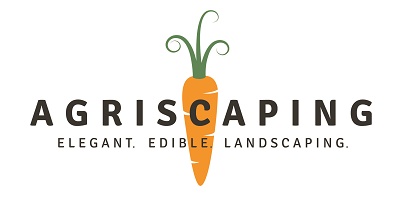Seed Planting Secrets for the Southwest: Grow Your Own Vegetables and Herbs
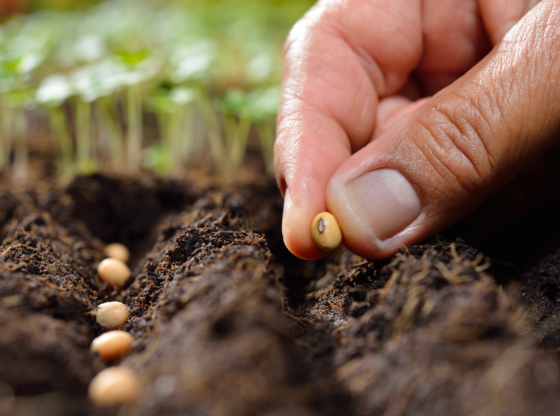
Starting a garden from seed is a rewarding way to grow your vegetables and herbs, especially when you follow the best seed planting secrets for the Southwest. With the right approach, you can cultivate plants that thrive, even in the region’s heat and arid conditions. In this guide, we’ll share essential seed planting tips for the Southwest, focusing on vegetables and herbs that excel in this unique climate.

Why Start Your Vegetable Garden from Seed?
Starting your garden from seed offers many benefits. You get to choose from a wider variety of plants, save money, and grow healthy vegetables suited to your climate. Watching a seed sprout into a flourishing plant is also an incredibly rewarding experience.
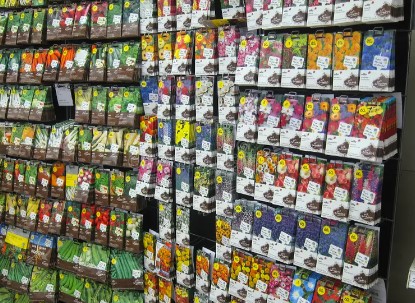
Benefits of Growing from Seed
- More plant variety: You’ll have access to unique, resilient desert-adapted plants.
- Save money: Seeds are more cost-effective than purchasing young plants.
- Grow the right plants: Choose vegetables and herbs that thrive in desert climates.
Many local nurseries don’t carry extensive vegetative or live varieties adapted to the hot, dry conditions of the desert Southwest. By starting from seed, you can select drought-tolerant and heat-resistant vegetables and herbs perfect for your garden and dinner table.

Best Vegetables and Herbs for the Desert Southwest
The desert Southwest presents unique growing challenges, but many vegetables and herbs thrive here. These plants tolerate heat, drought, and tough soils typical of the region. Here are some top picks for your desert garden.
Vegetables That Grow Well
- Tomatoes: Look for heat-tolerant varieties like ‘Heatmaster’ or ‘Phoenix.’
- Peppers: Hot peppers like jalapeño and cayenne do particularly well in dry, hot climates.
- Squash: Summer squash, zucchini, and pumpkins grow well in the heat.
- Cucumbers: Varieties like ‘Armenian’ cucumber are drought-resistant and thrive in desert conditions.
- Beans: Both bush and pole beans grow well in the Southwest heat.
- Okra: This vegetable loves the heat and thrives with little water.
- Eggplant: Heat-tolerant varieties like ‘Black Beauty’ perform well in the Southwest.
Herbs That Thrive
- Basil: Varieties like ‘Genovese’ and Thai basil are perfect for hot climates.
- Cilantro: Best grown in cooler months, but quick to grow from seed.
- Oregano: This hardy herb loves dry soil and can handle the heat.
- Rosemary: Drought-tolerant and heat-loving, rosemary is a Southwest favorite.
- Thyme: A resilient herb that can handle the heat and dry soil.
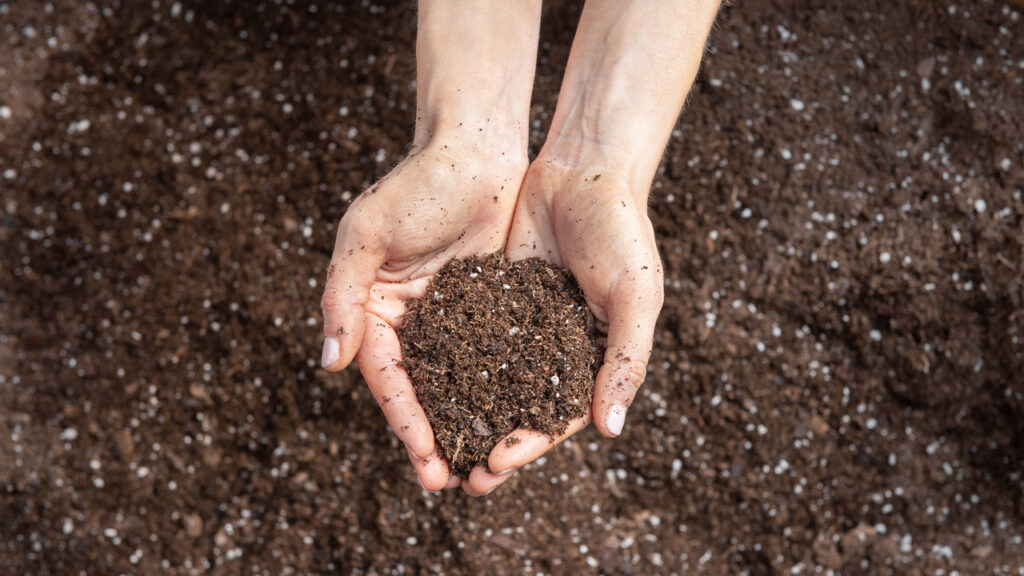
Preparing Your Soil for Seed Success
Good soil is the foundation of a healthy vegetable garden. In the desert Southwest, soil is often heavy clay, caliche, or rocky and low in nutrients. Preparing your soil is one of the most important seed planting secrets for the Southwest.
Steps to Prep Your Soil
- Add organic matter: Compost, manure, or aged leaves will enrich your soil.
- Loosen the soil: Seeds need loose, well-aerated soil to grow. Use a garden fork or tiller to break up compacted areas.
- Ensure good drainage: Desert soil often drains too quickly. Adding organic matter helps retain moisture without waterlogging.
- Test the pH: Vegetables prefer slightly acidic to neutral soil (pH 6.0-7.0). Amend as necessary to adjust pH levels.
By preparing your soil properly, you’re giving your vegetables the best chance to grow strong roots and thrive in the Southwest heat.

How to Plant Your Seeds: Depth and Spacing Tips
Planting seeds at the correct depth and spacing is another essential secret for success in the Southwest. Too deep, and seeds might not sprout. Too shallow, and they may dry out quickly.
Planting Depth and Spacing Guide
- Tomatoes: Plant seeds ¼ inch deep and space seedlings 24-36 inches apart.
- Peppers: Plant seeds ¼ inch deep, and space plants 18-24 inches apart.
- Squash: Plant seeds 1 inch deep and space plants 24-36 inches apart.
- Cucumbers: Plant seeds ½ inch deep and space plants 12-18 inches apart.
- Beans: Plant seeds 1 inch deep and space plants 4-6 inches apart.
- Basil: Plant seeds ¼ inch deep and thin seedlings to 12-18 inches apart.
- Oregano: Plant seeds ¼ inch deep and thin seedlings to 8-12 inches apart.
Correct planting depth and spacing allow your vegetables and herbs to get the nutrients, water, and light they need to grow strong and healthy.
Light and Temperature: Getting Your Seeds to Sprout
In the desert Southwest, managing light and temperature is crucial for seed germination. Most vegetable seeds need warm soil to sprout, but too much direct sunlight can dry out seeds or seedlings before they’ve had a chance to establish.

Tips for Managing Light and Temperature
- Start seeds indoors: If starting seeds in trays, use grow lights to provide 12-16 hours of light per day.
- Plant in early morning: Outdoors, early morning hours provide the best conditions for seedling growth.
- Protect seedlings: Use a light shade cloth to shield seedlings from harsh afternoon sun.
Southwest gardeners can also use a seedling heat mat indoors to keep soil temperature between 65°F and 85°F, ideal for germination.
Watering Secrets for Southwest Vegetables
Watering can be tricky in the desert Southwest. Seeds need consistent moisture to germinate, but overwatering can cause seeds to rot or wash away.
Watering Tips for Seedlings
- Water gently: Use a watering can with a fine spout or drip irrigation to water seeds and seedlings without disturbing the soil.
- Keep soil moist: Don’t let the soil dry out completely. Aim for steady, even moisture.
- Water in the morning: In the Southwest, morning watering reduces evaporation and allows plants to absorb moisture before the heat of the day.
Consistent moisture is essential for seedlings to grow strong roots and withstand the intense heat.
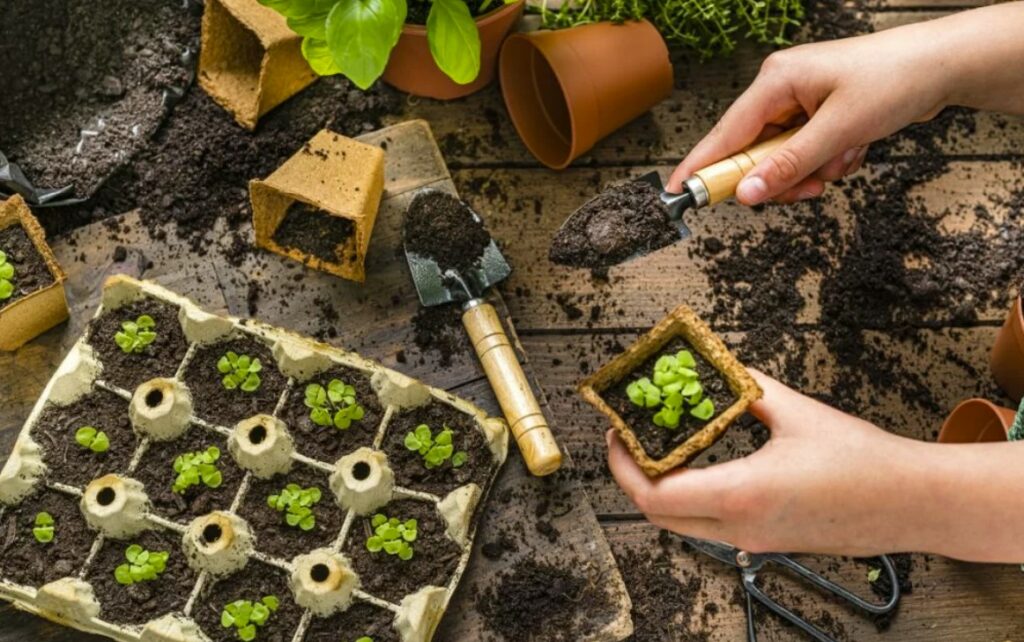
When to Transplant Seedlings
Once your vegetable seedlings have grown two to three sets of true leaves, it’s time to consider transplanting them into your garden or raised beds.
Transplanting Tips
- Harden off your plants: Gradually expose seedlings to outdoor conditions by placing them outside for a few hours each day, increasing their exposure over a week.
- Transplant on a cloudy day: Overcast conditions reduce transplant shock and prevent immediate sun exposure.
- Water thoroughly before transplanting: Make sure your seedlings are well-hydrated before moving them.
Following these steps ensures your plants make a smooth transition from seedling to garden.

Read Our Latest Posts…
- How to Turn Waste Into Growth: The Power of Composting for a Regenerative Garden
 Expert tips for desert gardening, from plant zoning and efficient irrigation to soil care and agriscaping for a sustainable landscape.
Expert tips for desert gardening, from plant zoning and efficient irrigation to soil care and agriscaping for a sustainable landscape. - Start the New Year with a Thriving Edible Landscape
 Expert tips for desert gardening, from plant zoning and efficient irrigation to soil care and agriscaping for a sustainable landscape.
Expert tips for desert gardening, from plant zoning and efficient irrigation to soil care and agriscaping for a sustainable landscape. - Understanding Freeze Pruning
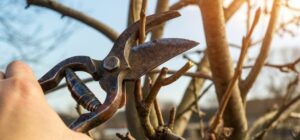 Expert tips for desert gardening, from plant zoning and efficient irrigation to soil care and agriscaping for a sustainable landscape.
Expert tips for desert gardening, from plant zoning and efficient irrigation to soil care and agriscaping for a sustainable landscape. - A Garden-Fresh Christmas: Agriscaping Tips for a Festive and Sustainable Holiday
 Expert tips for desert gardening, from plant zoning and efficient irrigation to soil care and agriscaping for a sustainable landscape.
Expert tips for desert gardening, from plant zoning and efficient irrigation to soil care and agriscaping for a sustainable landscape. - 7 Garden Design Themes for Your Elegant Edible Landscape
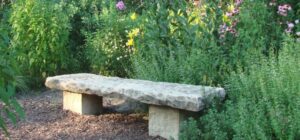 Expert tips for desert gardening, from plant zoning and efficient irrigation to soil care and agriscaping for a sustainable landscape.
Expert tips for desert gardening, from plant zoning and efficient irrigation to soil care and agriscaping for a sustainable landscape.
